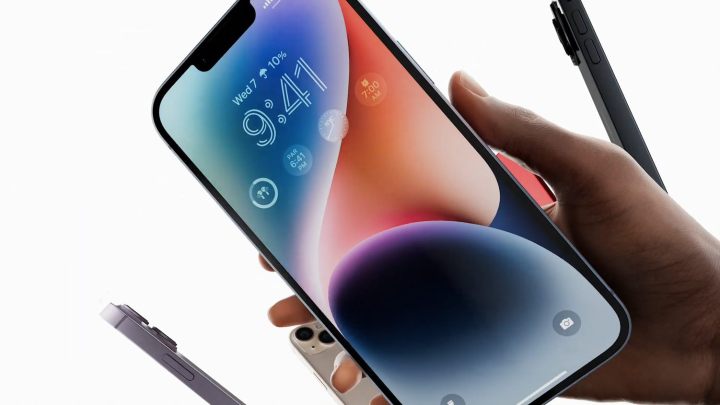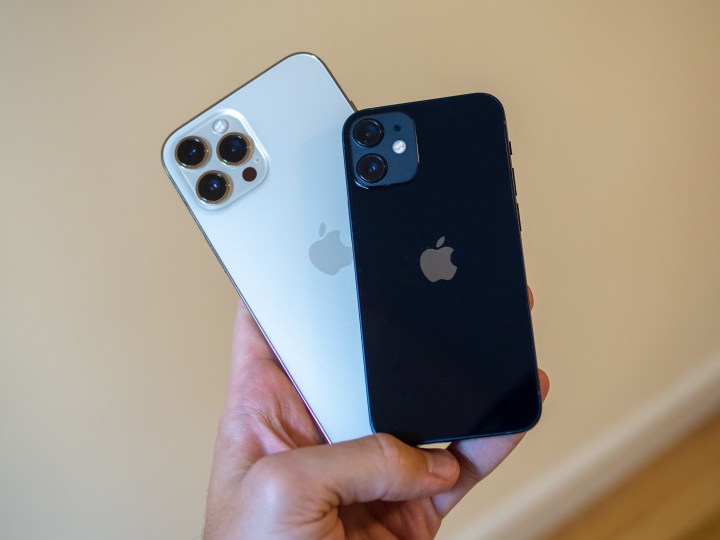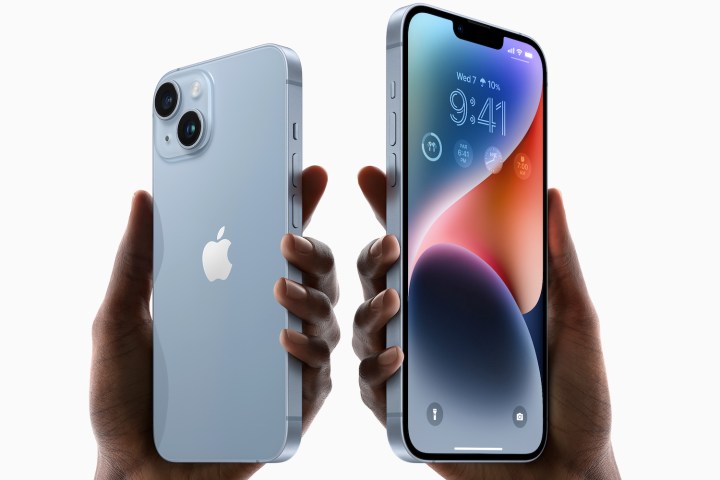With the launch of the iPhone 14 series at its big Far Out event on September 7, Apple is enacting a major shift for its baseline iPhone lineup. After trialing tiny iPhones with the iPhone 12 Mini and iPhone 13 Mini, there’s no such Mini option for the iPhone 14 series. In its place. we have the iPhone 14 Plus instead.
The iPhone 14 Plus is exactly what you’d expect: the standard iPhone 14 with a larger screen, bigger battery, and slightly higher price. While it may be sad news for small phone fans, I couldn’t be more excited about Apple’s decision to go Plus over Mini this year.
Finally, something for big-screen iPhone lovers under $1,000

Since Apple switched to the Pro Max series with iPhone 11 Pro Max, it stopped offering the bigger screen size option for the non-Pro variant. Technically, this just meant that Apple renamed the regular default iPhone the “Pro” model while iterating on the iPhone XR as its basic iPhone. In practical terms, it also meant you had to spend over $1,000 to get the biggest screen size available on an iPhone. But not all people need a blazing-fast 120Hz refresh rate or a telephoto lens.
Some people want a bigger display with the features of the basic iPhone. I, a tech-savvy person, for instance, do care about all the bells and whistles. But the average Joe might not want or even need the top-end features. Still, in an era of content consumption, there’s a market for people who want the maximum amount of content on their display.
At its presentation, Apple too pushed the iPhone 14 Plus over the iPhone 14 as the one that can hold more content on the display. And if the stats are to be believed, the small iPhone lovers are a niche segment, whereas all the top-selling smartphones globally pack a display bigger than 6-inches.
Stats don’t lie

According to Counterpoint Research, the iPhone 12 Mini accounted for just 5% of overall sales from Apple’s iPhone 12 lineup. This was the first indication of the Mini iPhone series not doing well. Similarly, as per Flurry Analytics, the iPhone 12 Mini was the least successful iPhone launch in the past three years. Apple still launched the iPhone 13 Mini a year later, but the fate of the pint-sized iPhones didn’t change. In the second quarter of 2022, the iPhone 13 Mini had the smallest sales share out of all the models at just 3% of total iPhone sales during that period. It is the same quarter where all four iPhone 13 models made up 71% of iPhone sales in the U.S., according to Consumer Intelligence Research Partners (CIRP).
Here’s where a look at the Android side is instructive. People see big screens as a feature. In markets like China and India, companies tout phones with 6.7-inch displays across a variety of price points. Limiting this to the most expensive iPhone was a poor choice for Apple, even though the iPhone 12 Pro Max did dominate the smartphone market in terms of sales.
Apple’s move here simply underlines the message sent by the stats: “People don’t want a small screen iPhone even if it’s the cheapest one.” That the most expensive iPhones outsold the smallest ones all but hastened the Mini’s inevitable demise.
Mini iPhones have one big compromise

While smaller iPhones can please a niche segment, you can’t ignore the fact that they come with a fair share of compromises. Starting with one big one – battery life. The iPhone 12 Mini was notorious for its poor battery life, as it couldn’t even last a full day. The iPhone 13 Mini improved things, but it still fell below the regular 13 and the 13 Pro.
It’s basic physics; the bigger the phone, the bigger the battery capacity, and the better the battery life. You can use all the software tricks you want, but the fastest way to get better battery life in a phone is a straight line from placing a larger battery cell in it. Apple learned that lesson with the iPhone 13 after fumbling on the 12 lineup of phones, and it’s going even further with the 14. That’s why I’m pleased with the arrival of the iPhone 14 Plus. We haven’t tested it yet, but the bigger iPhone likely packs a better battery life than the regular variant. Apple is touting it as the “best battery life on an iPhone ever.” Those are some big claims when we think about the impressive iPhone 13 Pro Max. We’ll see how they hold up.
Down with Mini, long live Plus

Consumers want the biggest display possible on a smartphone in their pockets. If you can get that without shelling out over $1,000, that’s all the better. Combine that with the allure of the Apple ecosystem, the powerful internals, and a pleasing design, and it’s safe to say the iPhone 14 Plus has a lot going for it.
We obviously have to reserve final judgment until we can get our hands on the iPhone 14 Plus, but even this early on, it’s safe to say Apple made the right call this year. Let the Mini rest, and long live the Plus.



